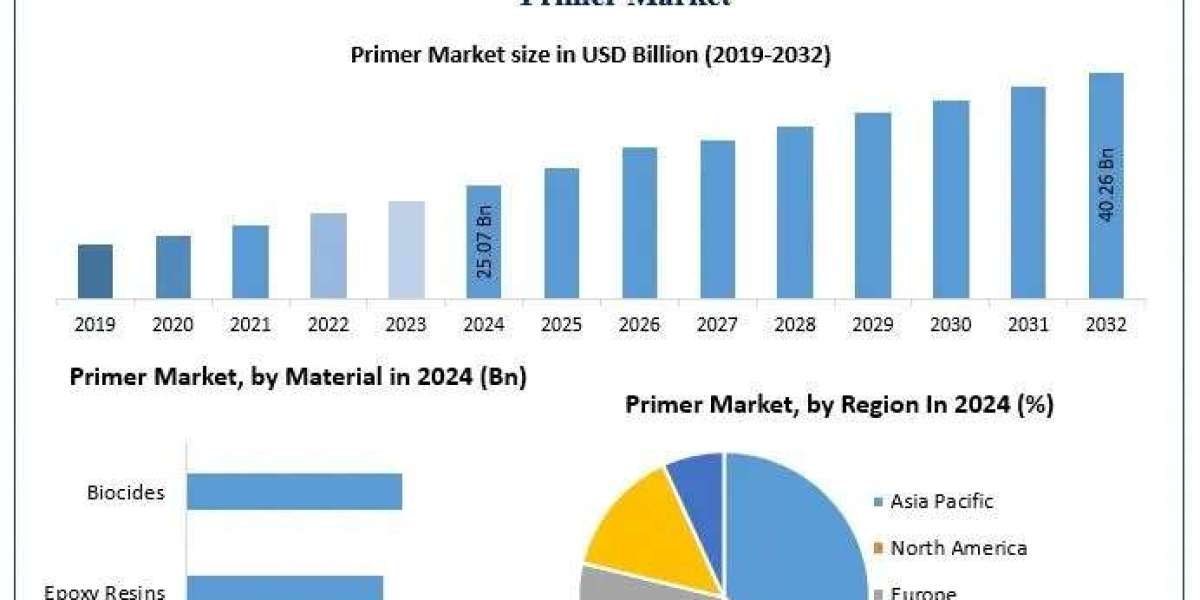There is a single, paralyzing fear that stops almost every business from starting on YouTube.
It’s not a lack of ideas. It’s not a lack of talent. It’s the "Studio Myth."
It’s the belief that to be taken seriously on YouTube, you need a $50,000 budget. You think you need a Red camera, a professional lighting crew, a sound engineer, and a polished, corporate set that looks like CNN. You watch your competitors' glossy, high-production videos and think, "We can't compete with that." So, you do nothing.
Here is the liberating, human truth: High production value is not a prerequisite for success. In fact, it is often a liability.
Welcome to the paradox of modern YouTube Content Management. We are living in the era of "authenticity," and on YouTube, "glossy" often reads as "fake."
When a viewer sees a video that looks too perfect, too polished, and too corporate, their brain instantly categorizes it as a "Commercial." And what do we do with commercials? We skip them.
On the other hand, when a viewer sees a video shot on a decent camera (or even a phone), with a real human being talking directly to them, their brain categorizes it as "Content." They lean in. They listen.
You don't need a Hollywood studio. You need a connection.
The "Uncanny Valley" of Corporate Video
We've all seen the "Corporate Video." It features a CEO in a suit, sitting stiffly in a rented studio. The lighting is perfect. The audio is crisp. The background music is generic "inspiring corporate ukulele."
And it is completely unwatchable.
It feels cold. It feels distant. It lacks the "pulse" of real life. This is the "Uncanny Valley" of content—it looks professional, but it feels dead.
Now, compare that to a video of a passionate engineer from your team, sitting at their messy desk, holding your product up to a webcam and saying, "Guys, you won't believe what we just figured out."
That video will outperform the CEO video 10-to-1. Why? Because it has Soul. It has Urgency. It feels like a privileged, "behind-the-scenes" look at reality, rather than a sanitized press release.
A smart Content Manager knows that your goal isn't to impress people with your budget; it's to impress them with your insight.
The Hierarchy of Needs: Audio > Video > Gear
Does this mean quality doesn't matter? No. But you need to focus on the right quality.
There is a "Hierarchy of Needs" for YouTube production:
The Story (The Value): This is the base. If you don't have something interesting, helpful, or entertaining to say, no camera in the world can save you. A boring script shot in 8K resolution is just a high-definition bore.
The Audio (The Clarity): This is the technical deal-breaker. Humans will forgive grainy video, but we will not forgive bad audio. If we can't hear you, or if there's a buzz, we leave. A $50 lapel microphone is a better investment than a $5,000 camera.
The Lighting (The Mood): You don't need studio lights. You need a window. Natural light is free and often looks better than a complicated rig.
The Camera (The Vanity): This is last. Most modern iPhones shoot 4K video that is better than the TV cameras of 10 years ago.
A human-centric strategy focuses 90% of its energy on Step 1 (The Story) and 10% on the rest.
Perfection Creates Distance. Vulnerability Creates Trust.
Why do we love YouTubers? Because they feel like friends.
When a creator stumbles over a word and laughs, or when a cat walks into the frame during a recording, it doesn't ruin the video. It improves it. It reminds us that there is a human on the other side of the screen.
When brands try to be "perfect," they create a wall. They are saying, "We are up here, perfect and infallible, and you are down there."
When brands embrace "rough edges"—when they show the prototype that failed, or the messy whiteboard session—they break down that wall. They are saying, "We are figuring this out, just like you."
This vulnerability creates Trust. And trust is the currency of sales.
Start Where You Are (Use What You Have)
The best time to start your YouTube channel was five years ago. The second best time is right now, with the phone in your pocket.
Don't let the "Studio Myth" be your excuse. Some of the biggest channels on the platform—educational channels, business channels, even massive entertainment channels—started in bedrooms, garages, and home offices.
Your audience isn't looking for "cinematic masterpieces." They are looking for answers to their problems. They are looking for a human voice they can relate to.
If you can provide that, you can win. Stop waiting for the perfect lights. Turn on the webcam, look at the lens, and just start talking. That is the brave, authentic, and effective approach we encourage at Trivium Media Group.













